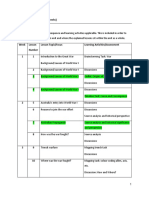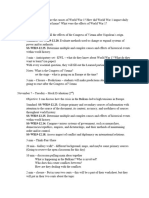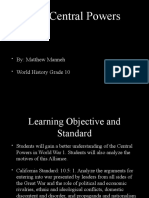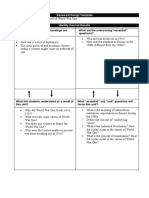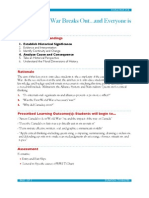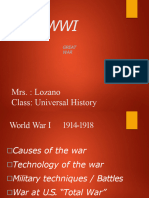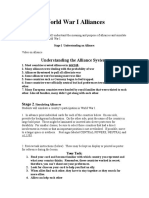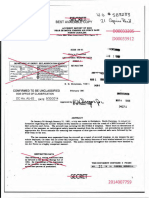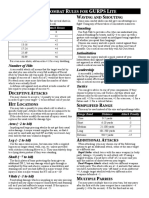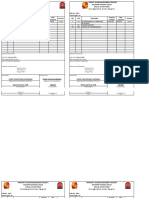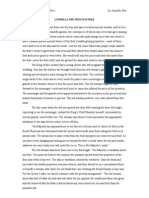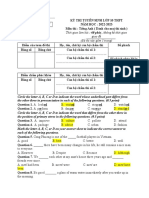0% found this document useful (0 votes)
14 views18 pagesCourse Introduction
The Year 9 History course focuses on two main units: 'The World at War', which examines Australia's involvement in the World Wars, and 'The Post War World', covering changes in Modern Australia from 1945 to present. Students are expected to set academic goals and engage with prior knowledge from Year 8 history. The document outlines key events, causes, and consequences of WWI, emphasizing the importance of understanding the war's significance and its impact on Australia.
Uploaded by
Lucy..WarnerCopyright
© © All Rights Reserved
We take content rights seriously. If you suspect this is your content, claim it here.
Available Formats
Download as PPTX, PDF, TXT or read online on Scribd
0% found this document useful (0 votes)
14 views18 pagesCourse Introduction
The Year 9 History course focuses on two main units: 'The World at War', which examines Australia's involvement in the World Wars, and 'The Post War World', covering changes in Modern Australia from 1945 to present. Students are expected to set academic goals and engage with prior knowledge from Year 8 history. The document outlines key events, causes, and consequences of WWI, emphasizing the importance of understanding the war's significance and its impact on Australia.
Uploaded by
Lucy..WarnerCopyright
© © All Rights Reserved
We take content rights seriously. If you suspect this is your content, claim it here.
Available Formats
Download as PPTX, PDF, TXT or read online on Scribd
/ 18

